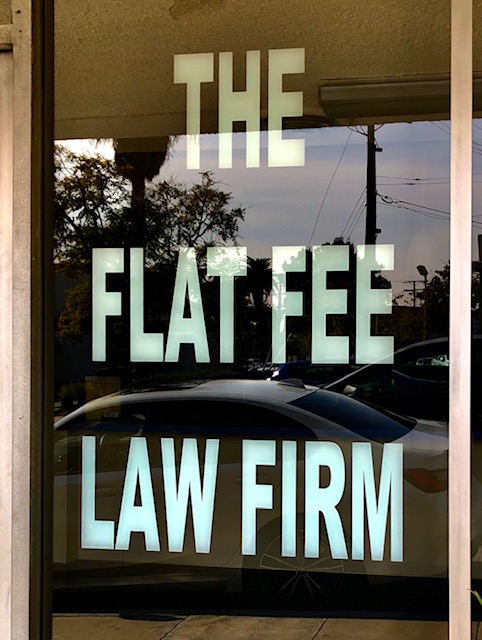
The divorce process can be difficult and confusing. These steps to divorce will help explain the process and relieve your frustration!
Step Number 1:
The first step in a divorce is to file the petition with the court. Before paperwork is filled out, it’s best to get legal advice so you understand your legal rights and what is reasonable in your case.
Step Number 2:
Once filed, you need to determine if your spouse will be cooperative when served with divorce papers. Some people know the answer right away while others are unsure. When your spouse is cooperative, he/she can be served by mail. Enclosed in the service packet will be a document called a ‘notice and acknowledgment’. This will be signed and dated by the respondent and returned to the petitioner or his/her preparer/attorney. This is then filed with the court and serves as the ‘proof of service’.
However, when you are unsure as to whether your spouse will cooperate, then it’s best to have your spouse served by another adult (not a child of the marriage). A process server or sheriff can also serve. The one who serves, signs the ‘proof of service’–your spouse does not need to sign! The proof of service is then filed with the court. The date of service is the beginning of the divorce.
Once served, your spouse has 30 days to respond.
Step Number 3:
Once the 30 days has passed, your spouse may decide not to file a ‘response’ which would allow the divorce to be finalized by ‘default’ (when the respondent does not respond). When there are no issues, a court appearance is usually not needed. The final default paperwork is submitted to court. The divorce is usually complete within the 6 month and 1 day (from the date of service) time period.
However, when there are issues, such as support, custody, division of assets & debts etc., a court hearing is usually needed to address those issues. In this case your spouse is not invited to the hearing. Once the judge makes a ruling, the final default paperwork is submitted to court.
In contrast, your spouse may decide to file a ‘response’ when he/she is not in agreement with what is stated in the petition. In this case the parties will be in a ‘contested divorce’.
It should be noted that even when a response is filed, the parties can still come to an agreement and avoid a court appearance. However, if they cannot agree, a judge will decide on the issues in a hearing and/or trial.
Understand your legal rights and options:
It’s always best to consult with an attorney to determine your legal rights and your legal options. We, at Legal Action Workshop, are ready to help for LOW FLAT FEES! Call 1-800-HELP-444 for fast service.


Leave a Reply